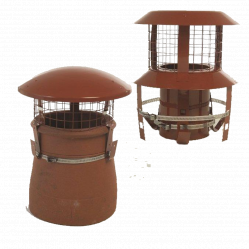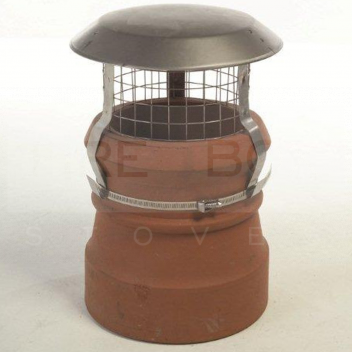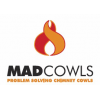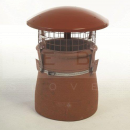Technical Details
| Product Title | MAD Junior Multi-fuel Birdguard, Stainless Steel |
|---|---|
| Product Keyword | MAD Junior Birdguard, Multi-fuel Chimney Cowl, Stainless Steel Birdguard, Chimney Top Protector, Flue Guard Mesh Top |
| Colour | Stainless |
| Application | Pot |
| Fuel Type | Wood |
| Fuel Type | Coal |
| Fuel Type | Oil |
| Fuel Type | Gas |
| Fuel Type | Smokeless |
Product Description
MAD Junior Multi-fuel Birdguard, Stainless Steel
Ensure your chimney is protected and functioning efficiently with the MAD Junior Multi-fuel Birdguard. This high-quality birdguard is designed to prevent birds, leaves and debris from entering your chimney, while allowing smoke and exhaust gases to exit without obstruction.
- Made from durable stainless steel for long-lasting performance
- Compatible with multiple fuel types including coal, wood, oil, and gas
- Designed to fit flue sizes up to 250mm external diameter
- Includes a rain cap to prevent water ingress, protecting your chimney from damp
- Easy to install with no special tools required
- Features a secure strap fixing for added stability
- Comes with a manufacturer's guarantee for peace of mind
- Resistant to corrosion and extreme temperatures
- Prevents nesting and blockages, ensuring efficient airflow
Reviews
Flue & Chimney > Chimney Cowls & Flue Terminals

Chimney Cowls and Flue Terminals
One of the most important components of the install is the chimney cowl and/or flue terminal. It marks the termination point of the flue system and provides a safe point from which gases and particulates are released into the atmosphere. Cowls and terminals also provide protection from the elements- wind and rain and some come with fitted mesh to prevent birds from entering the chimney system. Our range of cowls and terminals come from highly reputable and experienced manufacturers, such as Schiedel for ICID twin wall systems, Selkirk for both twin wall and single skin flue systems and MAD cowls from JD Burford for single skin systems. We stock a very wide range of cowls and flue terminals, for gas, oil and solid fuel appliances, so if you are experiencing a specific problem with your flue system, come and talk to us and we can help you find the best solution for the problem.






